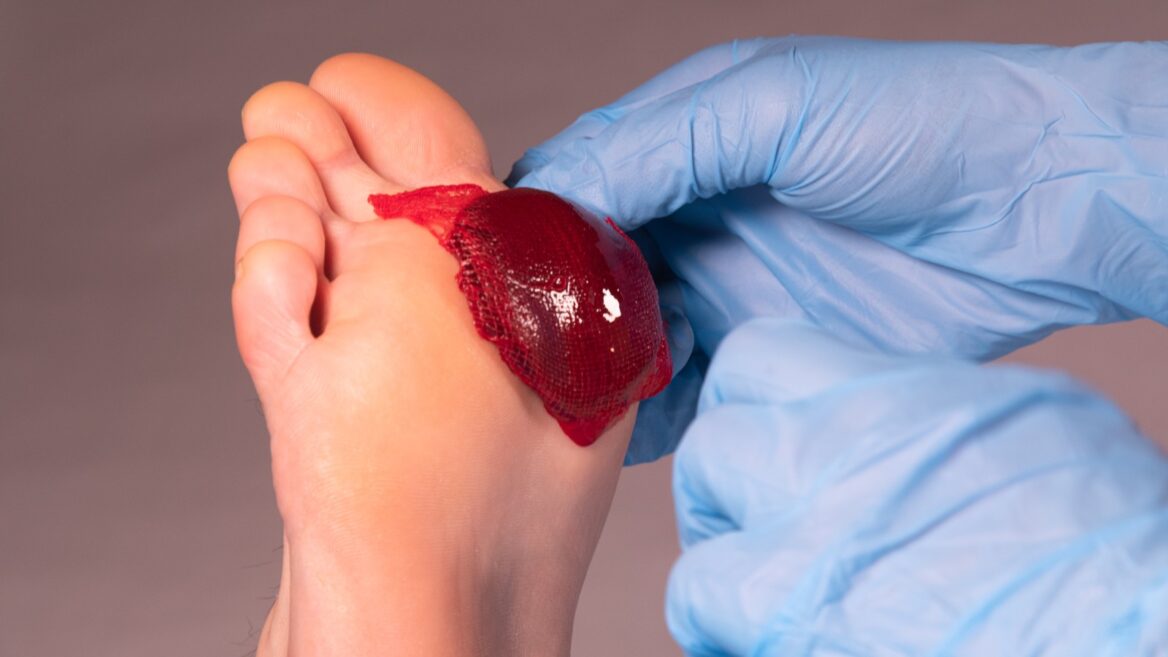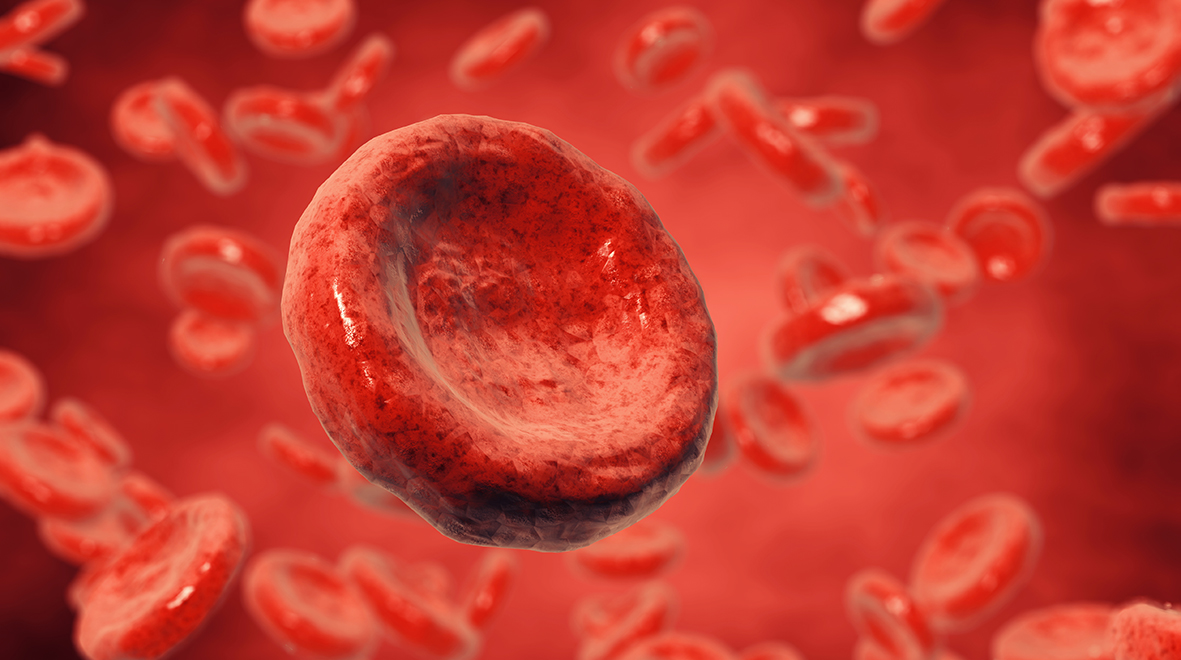

If the marrow does not produce enough RBCs then extra-medullary hematopoiesis takes place in the peripheral organs. The formation of erythrocytes takes place in the red bone marrow and is stimulated by the erythropoietin released in the kidney. 120 days, before they are decomposed in the spleen. They have no cell nucleus or cell organelles and, therefore, have only a life span of approx. They have a diameter of 7.5 μm, and, with a count of 4.5 x 10 6 / μL in women and 5.2 x 10 6 /μL in men, they are the most common cells in the blood. The RBCs are easily recognized by their biconcave shape. Lymphocytes: bone marrow and lymphoid tissue Granular leukocytes: neutrophils, eosinophils, and basophilsĪgranular leukocytes: lymphocytes, monocytes Transports gases, primarily oxygen and some carbon dioxide Gamma globulins (immunoglobulins): plasma cellsĪbsorbed through the intestinal tract, replacement of cells in the respiratory tract or produced in the cells Transport, maintain the osmotic concentration Maintains the osmotic concentration, transports lipid molecules In the plasma, there are primarily immunoglobulins IgG, IgA, and IgM present.Ībsorbed through the intestinal tract or produced during metabolism They can be subdivided into 5 Ig classes according to their different chemical structures. Gamma globulins, by contrast, have an immunological function and contain immunoglobulin (Ig).


Alpha and beta globulins, like albumin, act as a vehicle. E.g., the fat transporting LDL (low-density lipoproteins) and HDL (high-density lipoproteins) are important representatives of the globulins. These are divided into alpha, beta, and gamma. Other important plasma proteins are the globulins. It is used as a transporter of cations, bilirubin, fatty acids, and cholate. It is, therefore, essential for the oncotic pressure. Albumin is produced in the liver and is 1 of the smallest plasma proteins. The most common protein is albumin (54–60%). It comes to 25 mm Hg and is thus significantly higher than that of the interstitium (5 mm Hg), which prevents too much plasma fluid from diffusing from the blood vessels into the tissue. the osmotic pressure between the plasma and the interstitium. They hardly contribute to osmolarity but do play an important role in the colloid osmotic (or oncotic) pressure, i.e. The largest part of the plasma with 75 g/L is the plasma proteins. This yields an osmotic pressure of 5,600 mm Hg and an osmolarity of 290 mOsm/L for the plasma. Image: “Composition of Blood” by Phil Schatz, License: CC BY 4.0


 0 kommentar(er)
0 kommentar(er)
